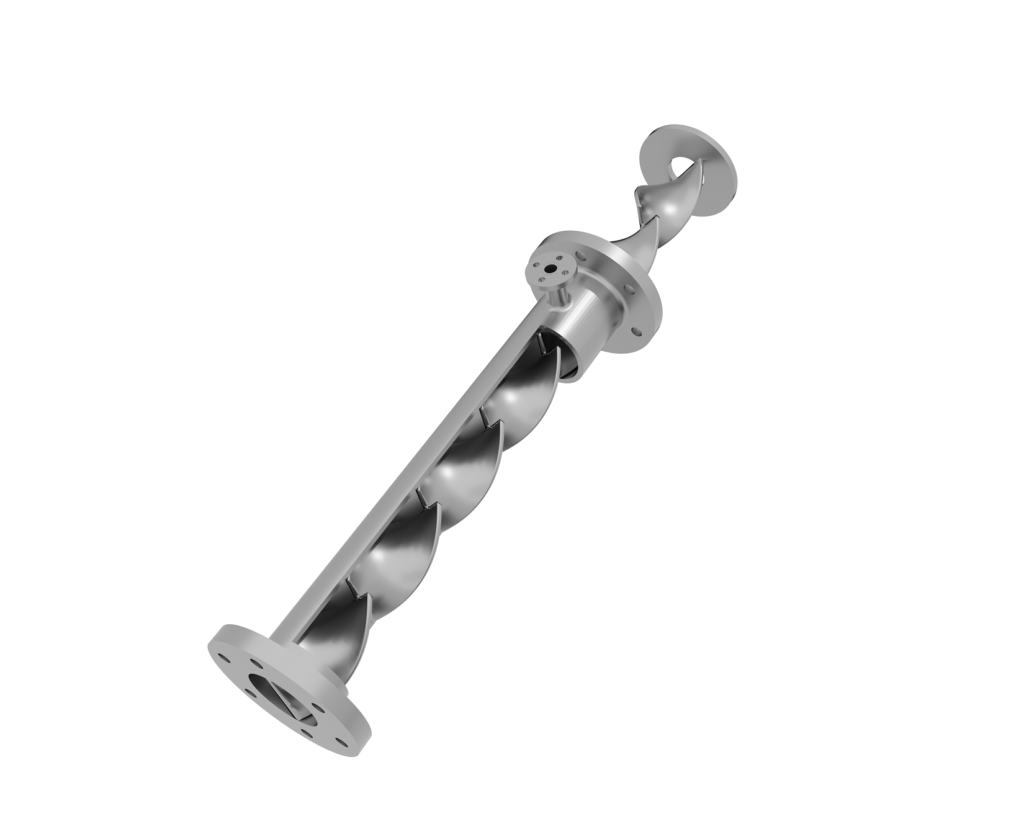Understanding Laminar Flow: Essential Principles and Applications
In the fascinating world of fluid dynamics, laminar flow represents a streamlined, orderly movement of fluid particles that is crucial in various scientific, engineering, and medical applications. By exploring the characteristics, significance, and practical implications of flow, this post aims to provide a thorough understanding that could benefit educators, professionals, and enthusiasts alike.
What is Laminar Flow?
Refers to a fluid motion where particles move in smooth, parallel paths, in layers with no disruption between them. This type of flow occurs at lower velocities and with less viscous fluids, where viscous forces rather than inertial forces dominate the flow. It features an orderly process where fluid particles follow non-intersecting streamlines.
Key Characteristics
Smooth Streamline Motion: Fluid moves in straight or gently curving paths, and the streamlines do not cross each other.
Layered Movement: Fluids flow in layers that slide past one another without mixing.
Low Velocity: Typically occurs at lower velocities. The higher the velocity, the more likely the flow will transition to turbulent flow.
Reynolds Number: The transition from laminar to turbulent flow can be predicted by the Reynolds number, a dimensionless value calculated by the formula ( Re = \frac{\rho v L}{\mu} ), where ( \rho ) is fluid density, ( v ) is flow velocity, ( L ) is a characteristic length, and ( \mu ) is dynamic viscosity. It occurs when the Reynolds number is below a critical threshold, typically around 2,000.
Applications of Laminar Flow
The flow has significant applications across various fields:
Healthcare: In operating rooms, laminar airflow systems are used to create contamination-free environments by minimizing the presence of airborne pathogens.
Engineering: This is crucial in the design of equipment where precise flow control is necessary, such as in hydraulic systems.
Aerospace: Understanding and controlling laminar flow over aircraft surfaces can lead to significant drag reductions and fuel efficiency improvement.
Coating Processes: The uniformity makes it ideal for applications requiring smooth and even coats, such as in the manufacture of films and specialty coatings.
Challenges and Considerations
While this flow offers many advantages, maintaining such conditions can be challenging. Disturbances, even minimal ones, can shift laminar flow to turbulent flow, disrupting the desired outcomes in sensitive processes. Thus, careful design and control of environmental conditions are mandatory to sustain flow where required.
Conclusion
The study and application of laminar flow continue to be a pivotal area within various scientific and industrial fields. Professionals can optimize processes, enhance efficiency, and achieve more precise outcomes in their respective domains by ensuring a deeper understanding and effective implementation of laminar flow principles. Whether in reducing surgical site infections or improving aircraft performance, the implications are both broad and profoundly impactful.
In static mixers, also called motionless or in-line mixers, a fluid is pumped through a pipe containing stationary blades or Static Mixers. This mixing technique suits mixing particularly well because it generates only small pressure losses in this flow regime.
This example studies the flow in a twisted-blade static mixer. The model captures the mixing of one species dissolved in water at room temperature. The geometry consists of a tube with three twisted blades of alternating rotations (Custom Static Mixers). The Stationary study type uses the transport of Diluted Species interfaces.

